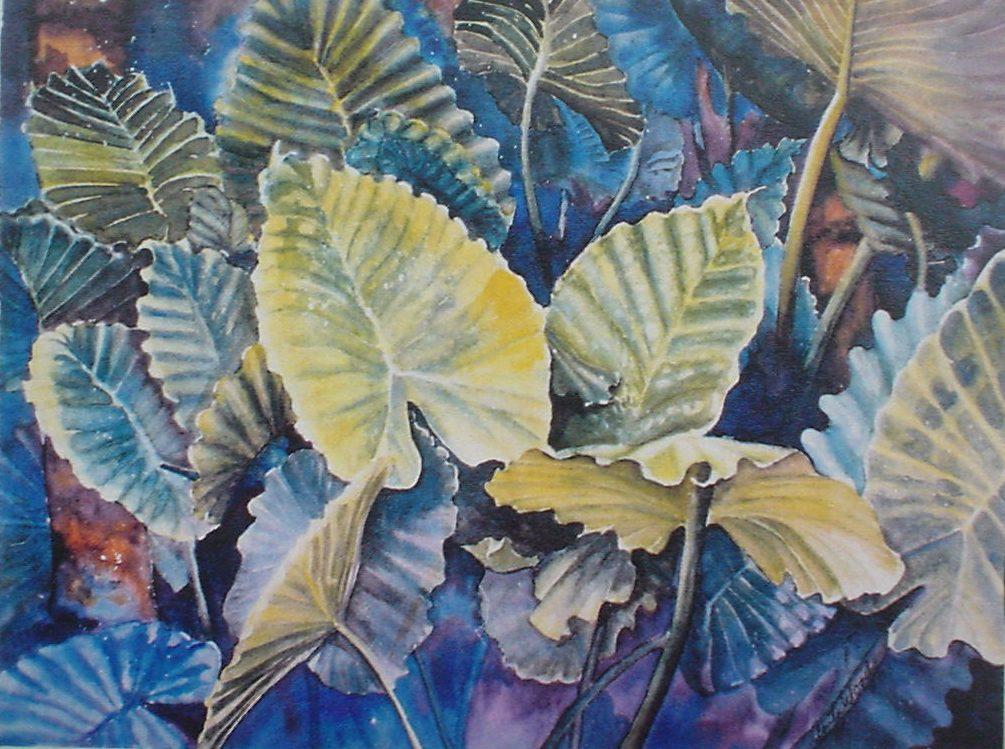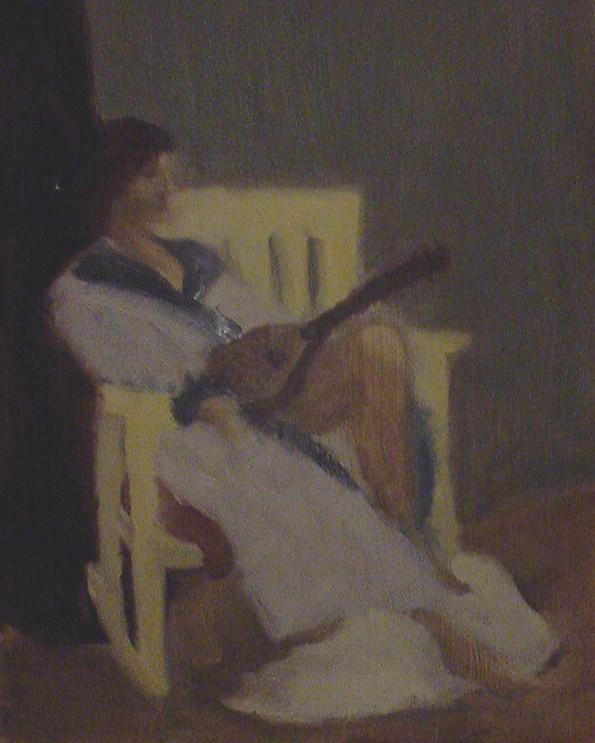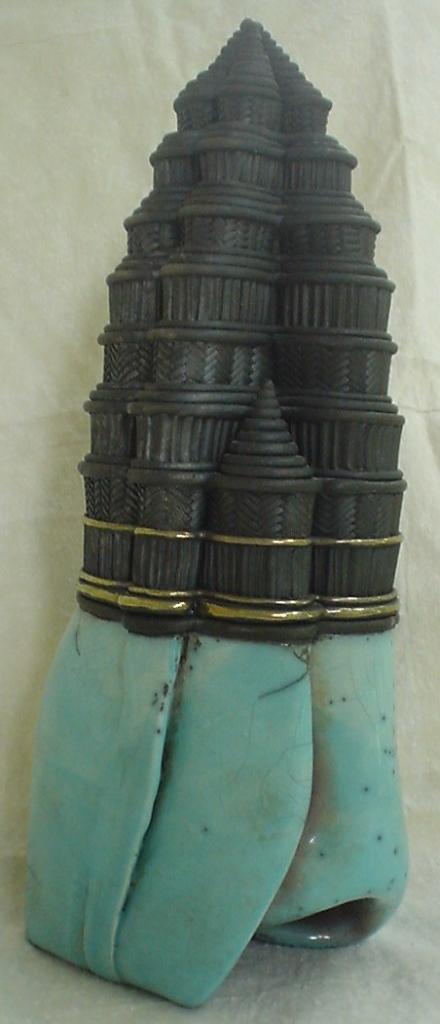The Arts DF:
The arts are anything and everything around us at any given point in time, its all a matter of how you look at things. Art can be anything from a Volkswagen beetle, to a picture on a wall, to a building or even music in some cases, and we respond and evaluate to them quite uniquely in fact. We communicate about them, we ask ourselves, what was the painter thinking when he painted this picture, or what was the sculptor doing when he came up with the idea of his work, we ask what was the purpose of the art created, we ask what is it, what does it do, and how does it do it. Sporre's position in my opinion was spot on and he made it so easy to understand from the aspects of the brush strokes, to the colors, and the line connections, it just clicks. This chapter has made me look at art so differently then I ever did before. I always envisioned art just being a painting that Picasso did, or a painting from Vincent Van Gogh, I never thought that art could be defined as far as a Volkswagen beetle.
Medium DF:
1.) High Kick: This picture looks like graphite, there are no apparent smudges or smears that charcoal or chalk would leave, it is very well defined in sharpness like someone used a pencil to draw it with. There was obviously a sharp point used and was pressed firmly on to make firm, bold, solid black lines. 2.) Elephant Ears: This picture is definitely a water color, it uses light colors and different colors overlap one another. Moreover it has a wet dampened look that only a water color painting could make. 3.) Prisoner: Definitely charcoal, there are no fine sharp lines as in graphite, very dark in color so no pastel, could possibly have some hints of chalk but it seems to have more consistency to charcoal by just having bold black smudges.
DF 1:
The artist that created the artwork known as 'Elephant Ears' has a single and straightforward approach to landscape. There are infinite focal points that are used to make you look at the whole picture and an open composition to make you wonder what else is out there that the artist is seeing. The artist uses both straight and curved lines, as well as, both primary and secondary hues. The texture appears to be flat, along with the perspective being used as atmospheric, which would give the illusion of a three dimensional picture.
DF 2:
The artist who created the artwork known as "Vessel" created an interesting, and unique piece. The texture of the sculpture has both rough and smooth surfaces. Starting at the bottom, the blue part has a reflection of light on it in the bottom right hand corner which gives a hint of a smooth, glass like surface. Working upward towards the black shape of the piece, it looks like hard, woven, straw like material, that was painted black, and not sanded smooth, which gives the appearance of a rough surface. The gold ring shaped pieces also seem to be smooth as well, as they look like a brass or metal type piece. The use of multiple colors, in blue, gold, and black, leaves you wondering what the artist wanted the focal point to be. I believe the focal point in the sculpture would have to be the top, black, straw like piece, because it is more detailed in appearance then any other areas of the piece. The bottom starts out blue which leads into the bigger piece of black with little rings of gold to make the black piece stand out more in contrast.
Execution DF:
The Bowing Man sculpture looks to be carved out of wood, which would make this work of art a subtractive piece in execution. The artist used great detail in the carving, and the deep carvings of the lines in this piece brings the sculpture to life more, as you are able to distinguish that the piece has a face and hands and hair and so on... The artist however did leave me puzzled of what his thoughts were when he carved this unique piece, my thoughts say a sad piece but not sure. Any thoughts or guesses?
DF:3
The architecture who created the building of the Denver Art Museum as we know it, used a very unique and sophisticated approach in the building of his artwork. The various use of line is obvious when it comes to watching the video of the tour of the Denver Art Museum. The lines flow through the building at weird and amazing angles and are clean cut and transition smoothly into the next line as if they were suppose to meet the way that they did. The stairs give an impression of a guide through a maze of amazing angled walls and inside structure. The architecture uses a cantilever system, as the lines of the walls overlap each other in certain places of the building. By looking at the outside of the building I would have never guessed that the inside of the building would be so amazing. The use of line in the building of the Denver Art Museum is the same as if you were to draw the building out on a piece of paper, or even paint it.
Music DF:
The song that I have chosen is a song called 'I'm a Little More Country Than That' and it is sung by Easton Corbin. The little riff at the beginning of the song that you hear, sets the melody from beginning to end, its repetitive throughout the song. The pitch goes higher in the chorus than in the verse as most songs do. There is repetition in the melody, pitch and rhythm of the song. The tempo is an obvious form of rhythm used, as the song stays at the same speed, which is a medium speed between slow and fast, throughout the entire song. The instruments used are the acoustic guitar, electric guitar, and drums. When putting all this information together you get the following, which turned into a number 1 song on the country charts, enjoy. https://www.youtube.com/watch?v=oS1NfjLkdSM
DF 4:
The many connections that are shared and linked between music and literature are of the same nature. Music is written by mainly inspiration and on what the artist is feeling in that time and place at that particular moment. It is also mostly written with a rhyme that resembles poetry, and has a melody, rhythm, and a beat that goes with it. Literature on the other hand is kind of the same in nature, it uses strong words that are emotional and come from some kind of inspiration, such as poetry, a short story, or even a novel. Literature can also have a melody, rhythm, or a beat, but you just don't hear them on paper. Music and literature both use powerful words that touch peoples lives every day, they are both written by artist of some kind and they both create a reaction from our senses whether its an emotional one cause we read a sad story or heard a sad song, or it could be a happy one from reading a good ending or listening to an up beat song, it all depends on how you look at it.
Poetry DF:
DF 5:
Film DF:







